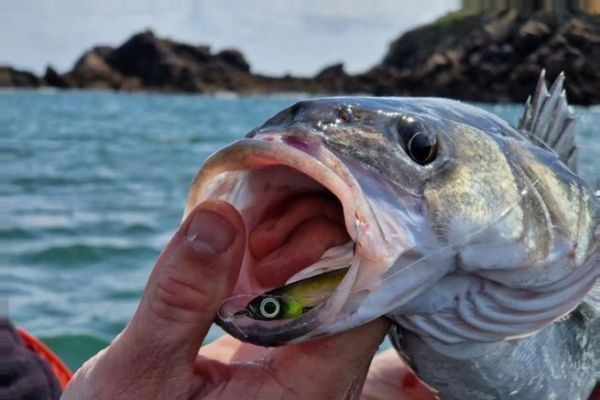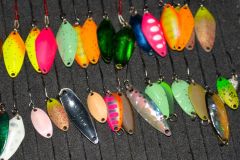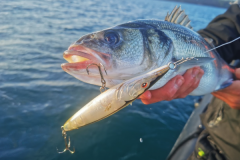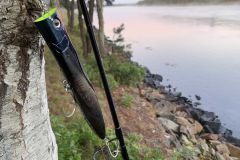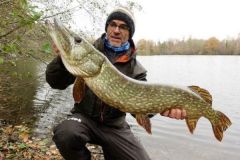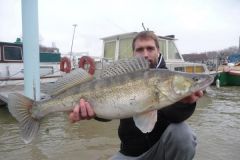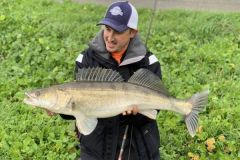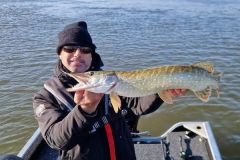The advantage of jigs
Using jigs has three major advantages that you won't find with any other lure:
- It launches at unrivalled distances for the same size and weight, which is sometimes a criterion of choice for shore anglers.
- It is dense and therefore flows very quickly.
- For the same weight, it presents a smaller prey.
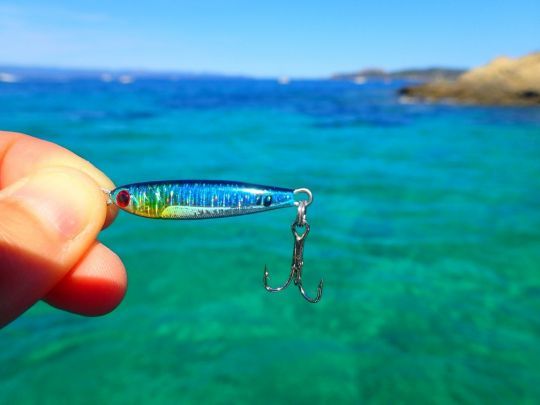
Choosing the right profile
While a jig may appear to be a simple piece of metal, its design is actually much more subtle. Its profile, i.e. its width and length for a given weight, but also the position of its center of gravity, its attachment point, and the shape of its faces, which can be flat, curved or domed, determine its behaviour in the water. As a result, they can flutter and glide more or less, descend more rapidly, undulate on recovery, etc... So, depending on what you want to use it for, it's essential to choose the right profile.

Horizontal below the surface
The first use of a jig, and particularly those developed to be considered "casting jigs", is a more or less rapid retrieve below the surface.
After casting, beyond a hunt for example, simply start the retrieve as soon as you make contact with the surface and print a series of twichts associated with a linear retrieve on the reel. Your jig will then start to swim erratically, sending out a large number of flashes of light like a small fish on the run.
Of course, you can optimize your chances of capture by alternating speeds and pause times.
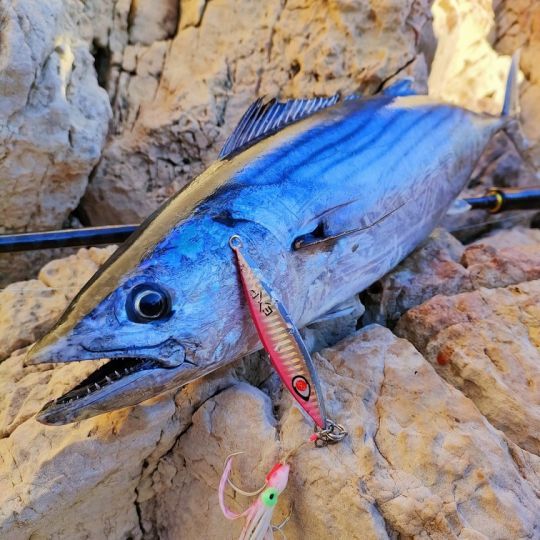
Diagonal, tensile or linear
The second way to handle a jig is to cast it and let it reach the bottom. Once on the bottom, you can then start a linear retrieve on the reel diagonally across the water column, especially with jigs that undulate on themselves like the Ragot Herring or the Fiiish Hypnocast.
The second alternative is a pull animation which consists of long pulls followed by releases. In this case, it's important to slightly relax the banner so as not to restrain the jig during the descent phase, allowing it to flicker.
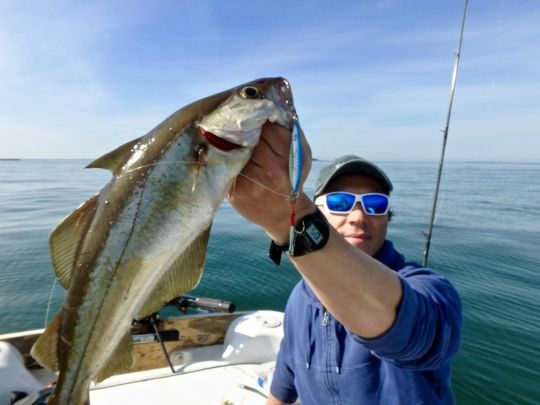
Vertical, waddling or elevating
Finally, a jig can simply be animated vertically over the boat or a breakwater, for example.
The easiest way to do this is to waddle the lure over the bottom or by gradually raising the water layer, alternating a series of dry pulls (like a light shoeing) and releases with the banner slackened.
The second possibility is an elevator animation, i.e. a reel, which consists of a linear retrieve, but in the vertical plane. This type of animation is particularly effective on the spot!

 /
/ 